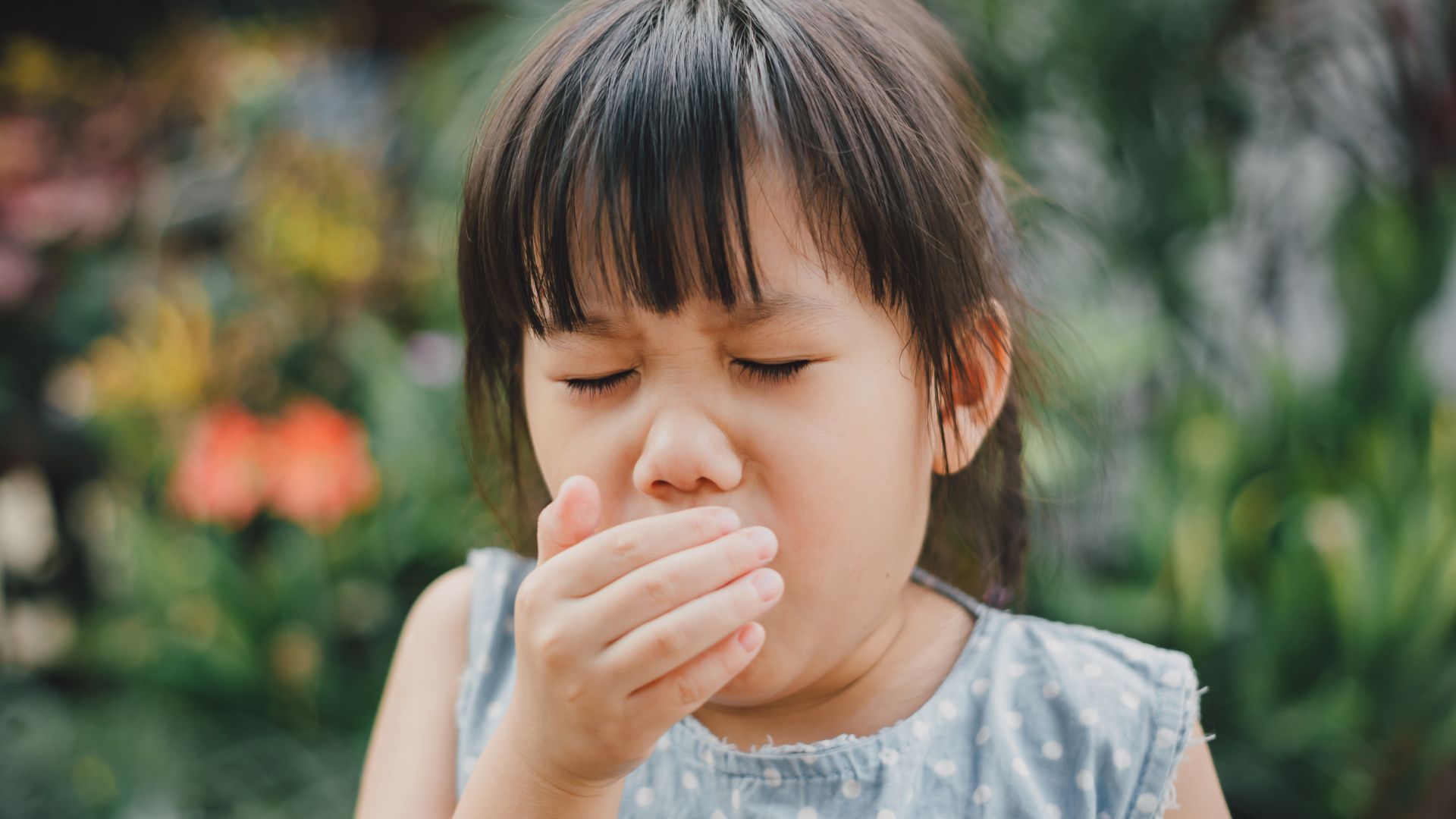We thought it was relegated to the last century, but now whooping cough is back. According to the information The Parisianas confirmed by a statement from the Pasteur Institute, Europe is currently in the grip of one explosion of whooping cough cases.
In France alone, cases of this respiratory disease have seen a sharp increase, with 5,854 cases diagnosed in the first five months of 2024, compared to 495 in 2023, 67 in 2022 and 34 in 2021.
According to a note from Public Health France, the majority of cases reported in 2023 are intrafamilial or develop in community clusters. “At 1um quarter of 2024, around fifteen clusters, mainly in communities (nurseries, primary schools, nurseries and nurseries) but also in families, for a total of 70 cases have been reported to French public health.the health agency reports.
If experts were expecting a resurgence of whooping cough – the disease recurs in cycles of three to five years – they are however surprised by this “pretty explosive rebound” of the disease, the director of the CNR, Sylvain Brisse, confirmed to AFP. In question, according to him, “the Covid period” Who “He delayed his recovery, now he’s really coming back strong”.
What is whooping cough?
Whooping cough is a respiratory infection caused by a bacterium called Bordetella pertussis. Potentially serious for children under six months, pregnant women and the elderly, it manifests itself with coughing attacks and is very contagious. As the health insurance website points out, it is estimated that a sick person can infect an average of 15 to 17 people. This contamination occurs through the air, via droplets coming from the nose or mouth of the person carrying whooping cough.
The incubation period (i.e. the period following contamination and before the appearance of the first symptoms) lasts approximately ten days. Infectiousness is greatest during the first week of coughing. If left untreated, coughing fits can last up to four weeks.
What are the symptoms of whooping cough?
Whooping cough does not cause fever, but coughing attacks accompanied by characteristic signs, which the health insurance describes as “sudden, violent and repeated coughing attacks”. More frequent at night, these attacks cause spasms and breathing becomes difficult.
As a result of these coughing fits, the face may become swollen, red, and bluish and may cause small blood vessels around the eyes to rupture. Vomiting is also common due to the attacks.
What treatment for whooping cough?
If whooping cough is suspected, it is urgently consult your doctor who can establish the diagnosis and prescribe antibiotic treatment. The infected person is strongly advised to confine himself to home for 3-5 days and avoid any contact with newborns or people who do not have up to date vaccination. It is mandatory for children to avoid school and it is strongly recommended to notify their employer to detect any potential contamination.
As soon as a case of whooping cough is diagnosed, an investigation is carried out to identify the person who infected the patient and the people in direct contact with them.
At the same time, antibiotics are prescribed to some members of his entourage in direct contact with him, especially people who do not have up-to-date whooping cough vaccination, unvaccinated newborns and their parents, and pregnant women.
Vaccination as the only preventive measure
We remind you that vaccination is the only way to protect yourself from contamination by the bacteria responsible for whooping cough.
Vaccination is recommended for all adults with a parenting plan to avoid any risk during pregnancy and at the birth of the newborn. It is now mandatory for newborns and recommended for children born before that date with:
- one injection at two months and one at four months;
- a booster at 11 months;
- a booster at age 6, then a booster between ages 11 and 13.
As an adult, a booster is due at age 25. For adults who did not receive the reminder at age 25, a catch-up may be offered until age 39.
Listen to Laisse-moi kiffer, Madmoizelle's cultural advice podcast.
Source: Madmoizelle
Mary Crossley is an author at “The Fashion Vibes”. She is a seasoned journalist who is dedicated to delivering the latest news to her readers. With a keen sense of what’s important, Mary covers a wide range of topics, from politics to lifestyle and everything in between.





